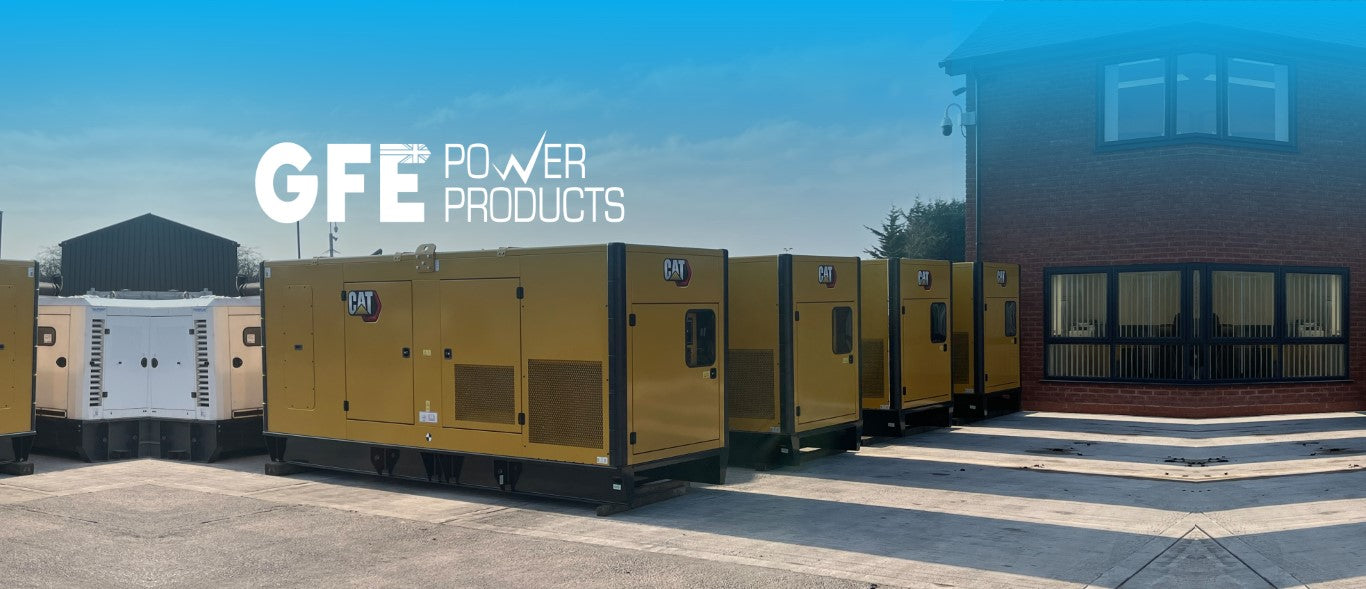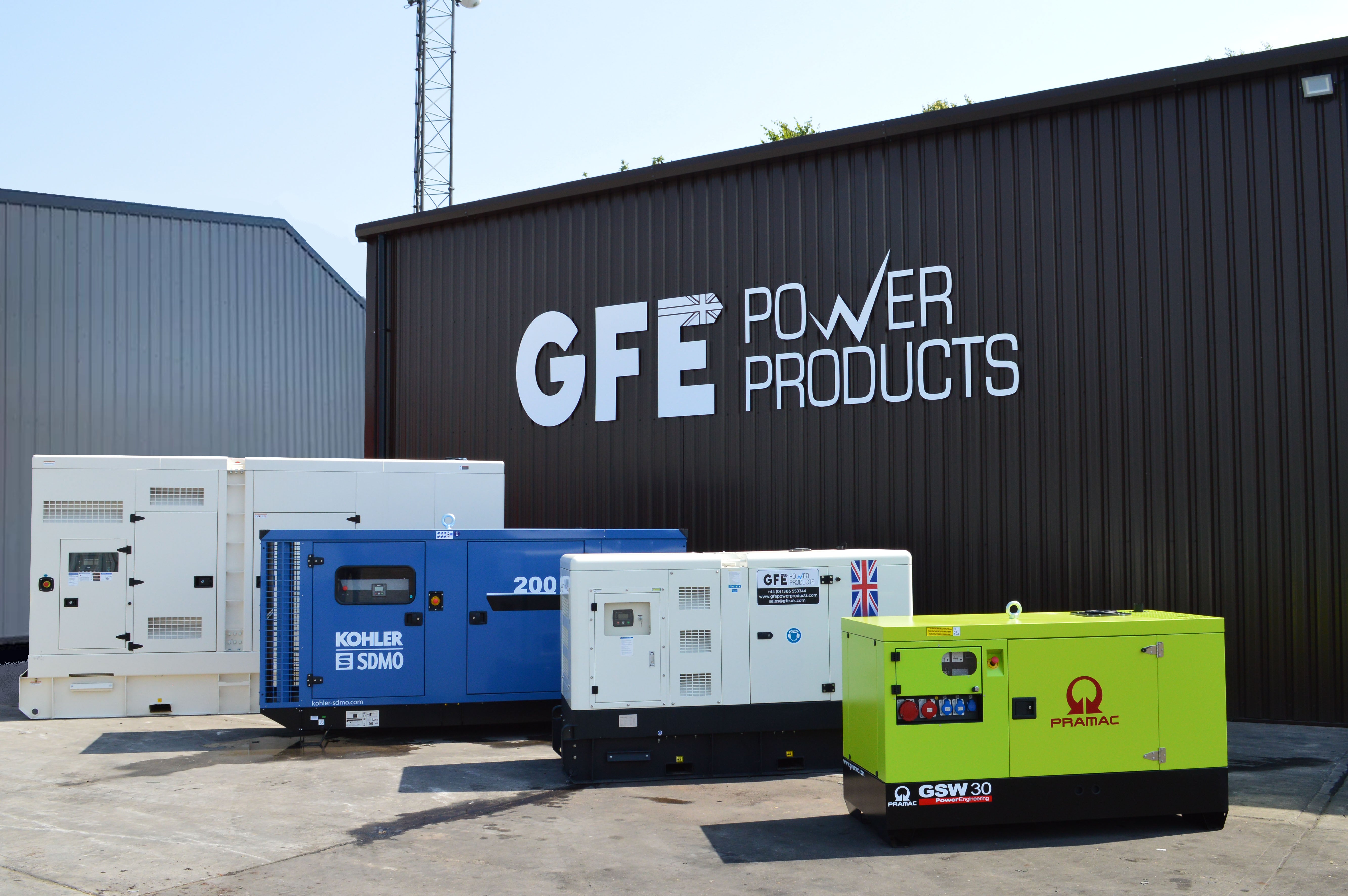
What Are Synchronised Generators?
Synchronised Generators
Put simply, they are generators that work together to produce a larger load. This is classified as a parallel operation of generators or synchronised generators. The generators work simultaneously to produce the required amount of load, to satisfy all electricity needs, without the need to waste unnecessary power.
Reliability
A number of small generator units are often more reliable than a single large generator unit. If one part of the operation fails the rest can continue to provide the required load. This is also useful when providing routine servicing to a generator within a set of machines. It is important to bear in mind the maximum capacity of the generators. You should not operate your generator at 110% load for more than 1 hour in every 12 hour period. Having a set of synchronised generators means that during periods of increased, unexpected power demand the generators are able to run seamlessly without damage. The generators can be run at their optimum load position which can lengthen the life of a generator.
Why chose synchronisation over a single larger generator?
A few of the benefits of running generators in a synchronised system are;
- Power utilisation. When there are large variances in load (e.g. a factory running during the day and then only security lights at night) if one large generator was used for this site it would be wasting a huge amount of energy during the non-working hours. By having a synchronised system, generators could be turned off when the load is lower thus saving fuel costs and having an environmental benefit.
- Fuel efficiency. Sometimes it is more fuel efficient to run multiple smaller engines than one large engine.
- Wide load ranges. In some applications a large load is only required for a short period of time and therefore having the ability to turn some of the Diesel Generators off is an advantage.
- Maintenance. If a site is running a series of generators as their primary source of power and they do not want to stop production during break downs or routine maintenance, by synchronising the generators you can seamlessly switch between the machines keeping the load constant and then work on the machine that is not taking the load, once isolated.

How it works
Synchronised generators use the same frequency, voltage, phase angle and sequence. There are a number of techniques that can be used to parallel a series of generators; but our preferred option is to use the range of Deepsea (DSE) synchronising controllers which have a proven track record where ease of use, performance and reliability are key factors.
Get in touch
If you are considering synchronised generators for your business, contact us for advice. We can help find the perfect fit for your power output needs.
Phone: +44 (0)1386 335007
Email: sales@gfepowerproducts.com



